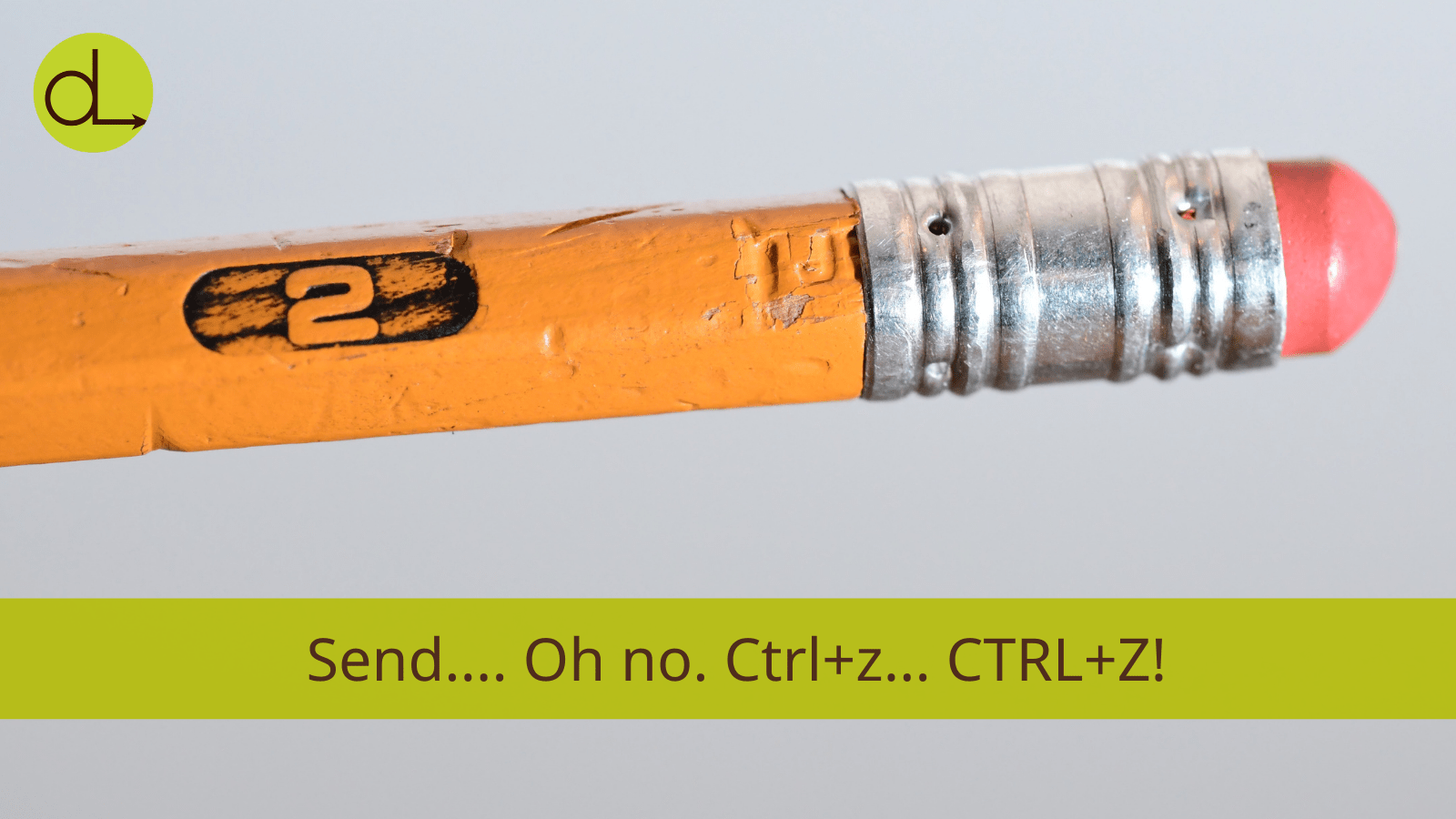I’ve had many executive clients come to coaching with the goal of building better working relationships. Often, they realize that email communication is a leading source for tension—not responding to emails, hitting reply all in a passive-aggressive or defensive way, sending emails without clear directions or expectations, or drafting long emails with detailed instructions that leave little room for collaboration.
Can you relate? For many organizations, especially with more employees working remotely, the primary mode of communication is in writing—whether email, instant messaging, text, or Slack. However, it’s much harder to read tone and intent than in-person or on the phone. A recent study showed how email rudeness can have an impact on our entire day—and even our sleep.
However, emails don’t have to be painful. In fact, you can achieve more effective communication simply by including the three essentials of Balance when drafting your email: courage, compassion, and curiosity. Let’s take a look at each.
Courage: Be Direct
Have you ever read an email from someone where you’re not clear on what they’re saying? It’s likely due to a lack of courage. Make sure you’re stating your message directly instead of beating around the bush. Are you asking for feedback? Do you need a decision? Are you providing information? Whatever it is, make it clear (ideally at the start of the email).
One strategy to try—especially in longer emails where detailed context or background information is needed—is to bottomline. For example, I’m looking for your feedback on the attached document by 5pm Wednesday, so I can share it with the client on Thursday. Let me provide some additional details that might help as you review it.
In a strange twist, courage might be replying to an email letting the person know you’re not going to respond to their email! One of my colleagues would avoid weighing in on group discussions because she thought others had it handled. But she didn’t say anything, so people would often be waiting for her input. If you don’t plan to respond, or if you’re not clear on what’s being asked of you, have the courage to speak up.
Compassion: Check Your Tone
It’s important to be direct in email, but it has to be matched with compassion. To be clear, demonstrating compassion doesn’t mean being soft or indirect. It’s acknowledging that you’re talking to another human being, not a machine. So in the same way you proofread your email for grammatical errors before sending, proofread it for compassion. Imagine, how would you feel if you received this message?
An easy way to add compassion to your email is by adding a soft start-up. This could be as simple as including a sentence or two acknowledging their hard work or letting them know you’re glad you can disagree with them in honor of finding the best solution. If you’re delivering a hard message, consider adding, It’s important for me to share this message with you, even though it’s difficult, as my goal is for us to work together to find a resolution we both feel good about.
Another easy way to add compassion is with your closing. It’s amazing how far a sincere Thank you for being such a great colleague! or I appreciate the work you’re doing! can go. Seems simple, but it’s often overlooked in our haste to be productive.
It’s also worth noting that if someone sends you an email without compassion, it can be tempting to reply in kind. But you always have a choice in how you respond. Better yet, try picking up the phone to connect with them.
Curiosity: Ask Thoughtful Questions
The final piece to Balance is curiosity. Remember that just because you ask questions doesn’t mean you’re demonstrating curiosity. Curiosity is being genuinely interested in finding out what the other person’s thinking. When seeking buy-in or clarity, curiosity can be your secret weapon.
Consider the following swaps for your next emails.
Instead of: Let me know if you have any thoughts or concerns.
Ask: Where do you think the wheels could come off here? What are you feeling confident about?
Instead of: Does this work for you?
Ask: On a scale of 1 to 10, how good do you feel about this plan?
Instead of: Keep me posted.
Ask: When would you like to check-in on this again?
One more note about curiosity. You may not always get the answer you want. It’s possible someone will not feel good about your plan or will disagree with your perspective. These types of people problems are inevitable. However, the highest performing teams welcome these disagreements and lean into the conversation to find the best resolution.
One-minute Workout
Before you hit the send button on that email, hit the Pause button.
Think: Is my message clear? (courage) Is my tone delivering that message in a way they can hear it without getting defensive or upset? (compassion) Am I asking a thoughtful question? (curiosity)
Act: If the answer to any of those questions is no, make adjustments before hitting send!
If you’re feeling like sending thoughtful emails takes too long, you’re in good company—as that’s often the response I get from my executive coaching clients. However, consider this: How often have you needed to clean up a mess because of an unthoughtful email? If you check your email for spelling errors, why not check it for potential people problems?
Just like with training to be physically fit, I guarantee the more you practice this, the easier (and quicker) it gets. Give it a try and let me know how it goes!
Recommendation: One of my favorite communication books is The 4 Agreements by Don Miguel Ruiz. The book is based on ancient Toltec wisdom and offers mindsets to guide communication including being impeccable with your word and don’t make assumptions. It’s a quick and inspiring read!




